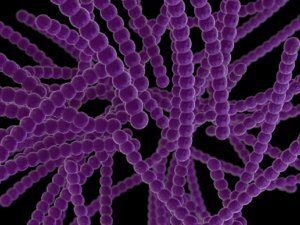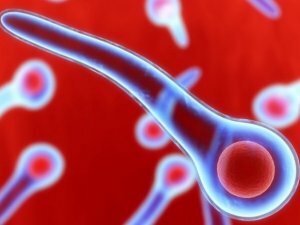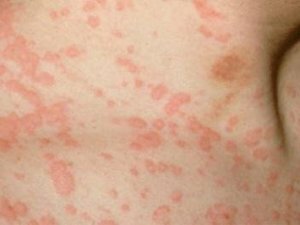Ornithosis: Symptoms and Treatment
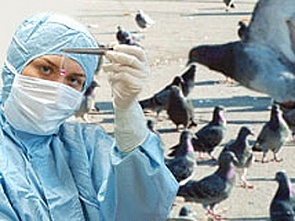
Ornithosis( or parasitic disease) is an acute infectious disease that causes some varieties of chlamydia parasitizing in the organisms of domestic and wild birds.These bacteria have a special "love" for cells lining the human respiratory tract, as well as related to the system of CMF( mononuclear phagocyte system).Such cells are located, for example, in the liver, connective tissue, lungs, spleen, nervous system, bone marrow.Selective defeat of chlamydia of these organs causes a characteristic clinical picture of ornithosis with the development of pneumonia, hepatoma and splenomegaly, immunodeficiency states, neurological disorders, etc.
Table of Contents: Causes of Ornithosis Symptoms of Ornithosis Diagnosis Treatment of Ornithosis PreventionCauses of Ornithosis
The main reservoir and source of dangerous infection for humans are birds( both domestic and wild):
-
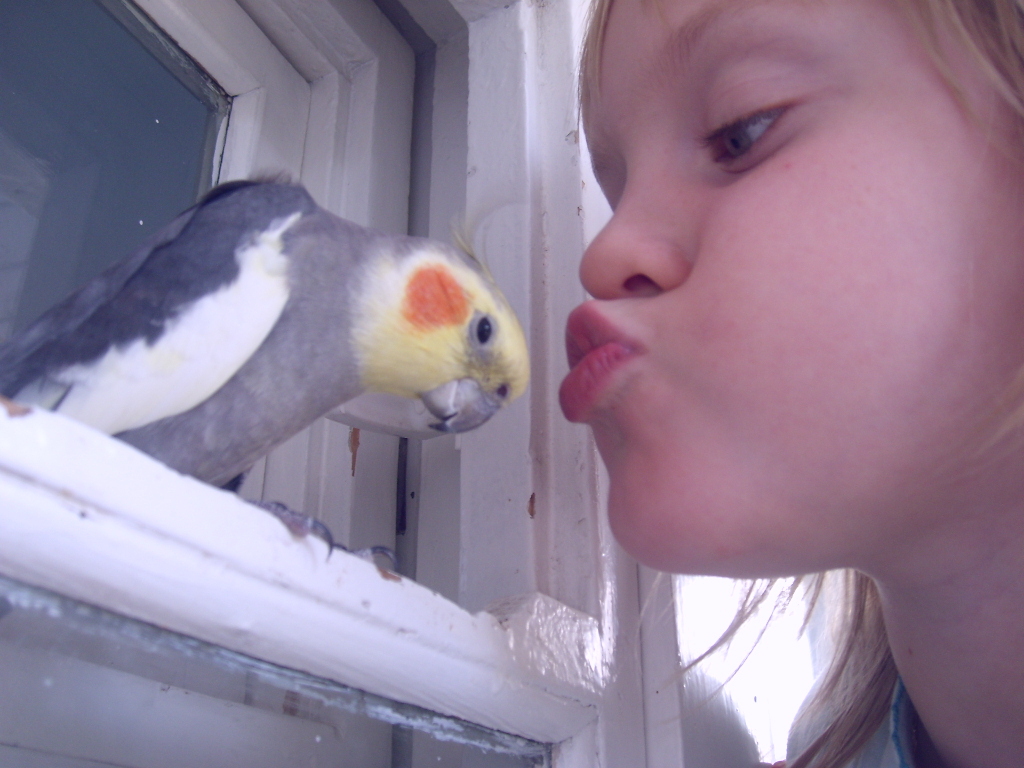 turkeys;
turkeys; - parrots;
- pigeons;
- ducks;
- canaries, etc.
In birds, the disease can be completely asymptomatic, therefore, preventive measures should be taken in contact even with perfectly healthy birds.The danger in terms of the spread of the causative agent is their litter and saliva, the particles of which remain on the feathers, and after drying they enter the air and subsequently into the person's airways.
If we talk about situations in which infection with ornithosis is possible, then most often infection occurs by direct contact with birds and care for them, with a long stay in the room where they live( for example, in a poultry farm), in communication and games withPets( parrots), etc.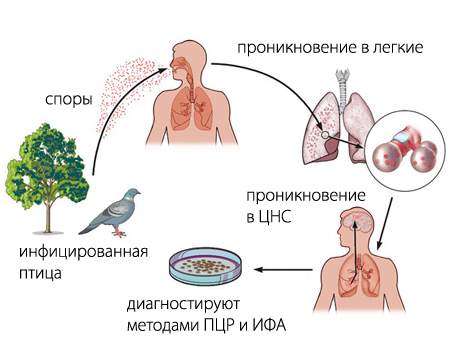
In addition, "pick up" parrot chlamydia can be through dirty hands and contaminated with feces of birds food.In such situations, the pathogen penetrates into the human digestive tract, so the development of the disease occurs atypical, that is, without a characteristic lung lesion.
Symptoms of ornithosis
The first signs of the disease appear on average 1-2 weeks after infection. A person begins to complain of severe heat and various manifestations of intoxication: weakness, numbness in the body, pain in the head, etc.Further, the picture of the disease can develop in different ways: typically with pneumonia or atypical with a predominance of symptoms of damage to other organs.
For example, for the pneumonic form of ornithosis is characterized by the following symptoms( they usually manifest on days 2-4):
- Dry cough.With time, mucopurulent sputum begins to separate, in some patients with blood veins.
- Chest pain.
- Shortness of breath.
When examining such patients, doctors detect wheezing and changes in percussion sound over the affected part of the lung.In addition, with this form of the disease, approximately a week after its inception, there is an increase in the liver and spleen.
The effects of severe toxicosis( especially weakness, lethargy, apathy, fatigue) in a typical course of the disease remain in patients even after normalizing body temperature and improving the lung condition.
There are also several atypical forms of ornithosis:
- With the prevalence of symptoms of CNS damage( meningeal syndrome).
- With an increase in the liver, spleen, undulating fever( typhoid-like).
- Flu-like, in which the signs of intoxication come to the fore.
- Asymptomatic - in people with a strong immune system and good reactivity of the body.
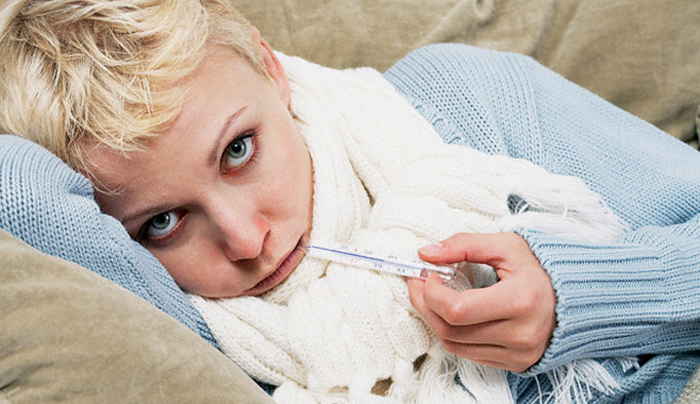
Often, an acute disease becomes chronic, for example, in weakened individuals or people who have undergone the wrong treatment.In such situations, chronic ornithic pneumonia develops in patients, and chronic intoxication syndrome also exists.With a significant decrease in immunity, it is possible to attach other bacterial infections.
Diagnostics
The diagnosis is based on the data set:
- The patient has contact with birds.
- Characteristic clinical picture.
- Specific changes in the radiograph of the lung.
- A positive result of a blood test for antibodies to the causative agent of ornithosis( EIA), as well as detection of chlamydia by PCR.
Treatment of ornithosis
The basis for the treatment of ornithosis is antibiotic therapy.Apply, as a rule, preparations of two groups: tetracyclines and macrolides. Schemes of antibiotic treatment are different - it all depends on the severity of the disease, the age of the patient and the state of his health in general.For example, in the treatment of children, doctors prefer macrolides, since other antibiotics, to which sensitive chlamydia, in childhood( under 12 years) are contraindicated.The duration of antibiotic therapy averages 10-14 days.In the chronic course of the disease, several repeated courses are prescribed, each time changing the antibacterial agent.
For the prompt resolution of the inflammatory process, patients are treated with immunomodulators and multivitamin preparations.
In addition, complex symptomatic treatment is performed for ornithosis: antipyretic agents are prescribed, medications that facilitate the departure of sputum and expand bronchial tubes, and with a debilitating dry cough - antitussives, etc.
After recovery, all patients must be taken under clinical observation, so that doctors do not miss relapses of the disease, which, alas, are not uncommon even after a full course of antibiotic therapy.This is due to the fact that chlamydia belong to intracellular parasites, which are not so easy to "get it".
Prevention
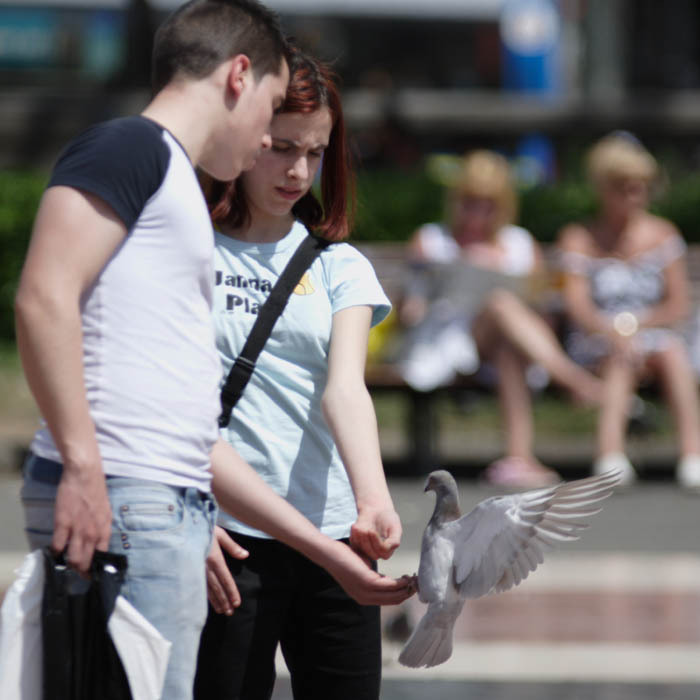 General preventive measures consist of strict veterinary supervision and control of bird flu ornithosis. As for the personal prophylaxis of this disease, it can include the restriction of direct contact with wild and domestic birds, their physiological excreta, and the use of personal protective equipment during work.
General preventive measures consist of strict veterinary supervision and control of bird flu ornithosis. As for the personal prophylaxis of this disease, it can include the restriction of direct contact with wild and domestic birds, their physiological excreta, and the use of personal protective equipment during work.
The vaccine against ornithosis has not yet been created, but developments in this direction are actively underway, as this infection poses a serious professional danger for workers in poultry farms and farms.Also worth noting is the fact that the immunity after the disease is short-lived, so you can get sick again.
Zubkova Olga Sergeevna, medical reviewer, epidemiologist doctor

